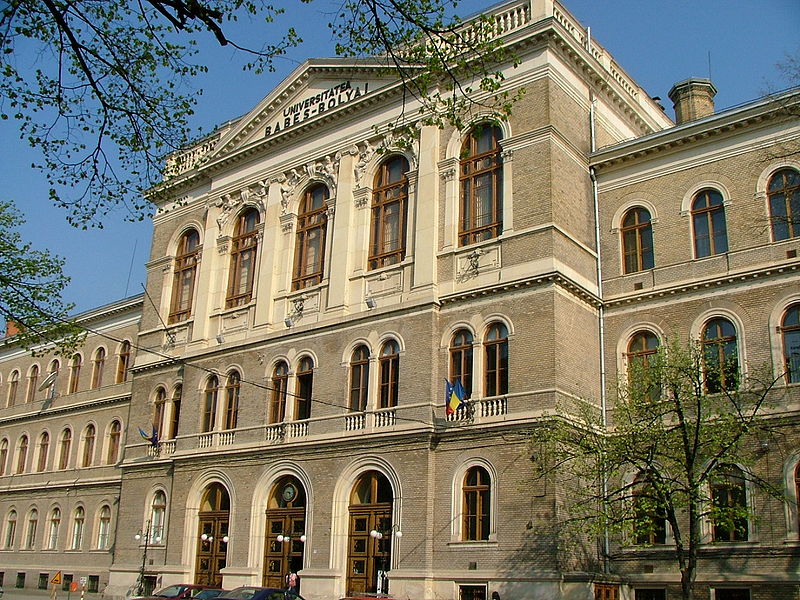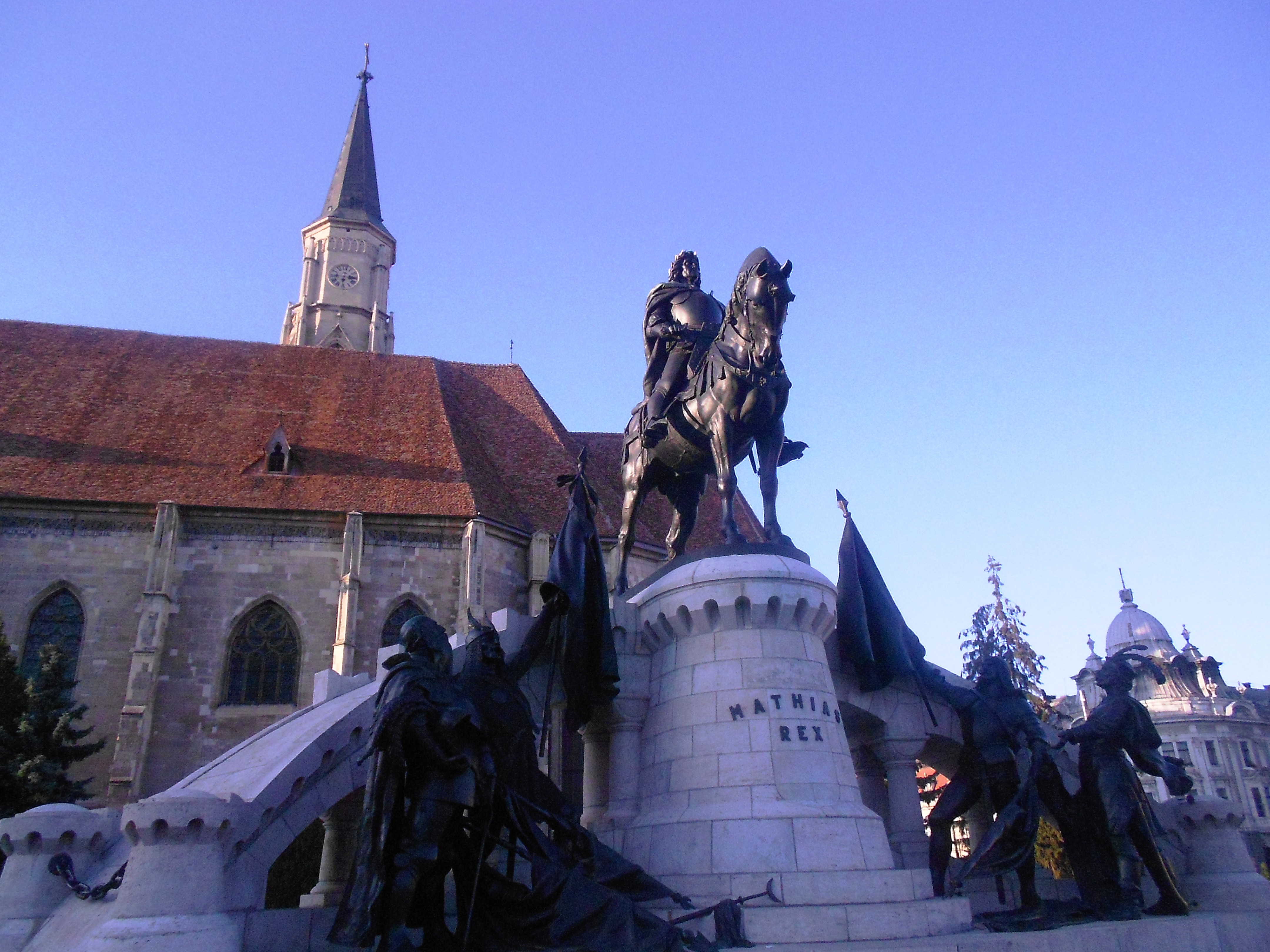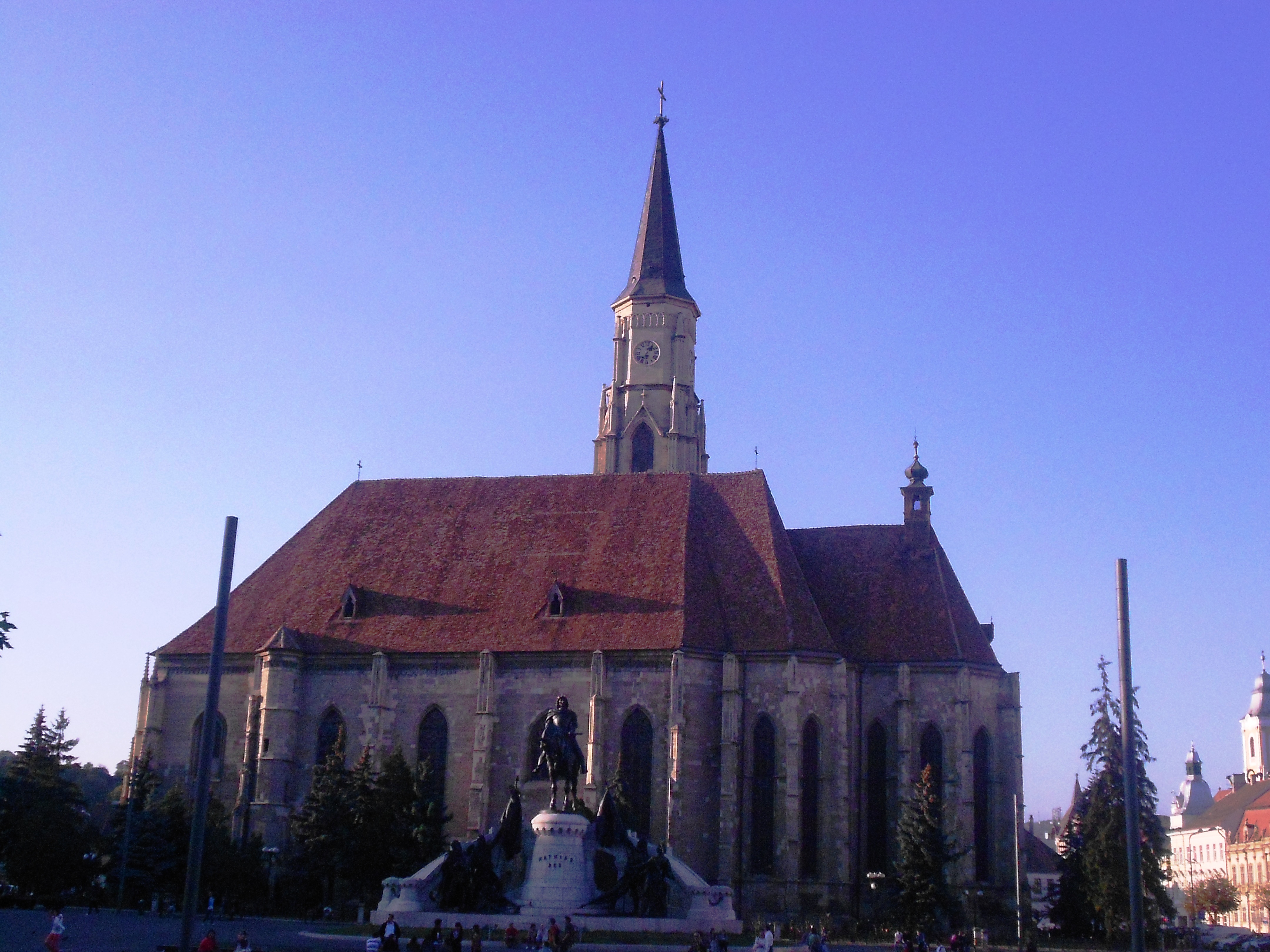What was I thinking? The answer was that I was not thinking. At least that was what I thought when reflecting upon a bus trip my wife and took to from Brasov to Sibiu in Transylvania. The quickest way to travel between the two cities was by bus. At least that was what I believed before we headed to Brasov’s Bus Station (Autogara 3) on our final morning in the city. Brasov had been a delight, the kind of place that filled me with memories. The city was flanked by mountains and home to a hilltop fortress. It had an Old Town replete with evocatively painted pastel houses, a massive Gothic Church that towered over the surrounding structures and a 15th century Town Hall fronting the pristinely kept Council Square. Brasov’s public transport facilities were another story altogether. For instance, the railway station was an experience we did not care to replicate.
While the station was along one of the same lines that plied an Orient Express route, it had none of the fin de siècle feeling to be found at other places found on that historic railway. The main problem with the Brasov Train Station was that it had been rebuilt during the communist era and still looked the part. It was functionalist, impersonal and unavoidable, at least for anyone arriving or departing from Brasov by train. Looking to avoid a repeat visit to the railway station we explored other options. Due to schedule constraints, we decided that it was best to take the bus from Brasov to Sibiu. This led me to wonder what the bus station would be like since we had not seen it since setting foot in the city. Surely it could not be that bad, after all this was Brasov. Then again, the railway station had taught me not to allow hope to triumph over experience.

The Worst of Times – Decades With A Dictator
To say that Romania had a hard time of it during communism understates the ghastly period scarred by the reign of Nicolae Ceaucescu. His dictatorial regime robbed the country of its resources, both natural and financial. It also robbed the Romanian people, as well as minority populations, of their dignity. While the nation was managed for the benefit of Ceaucescu and his wife Elena, the country deteriorated to an unbelievable extent. The population was spied upon and brutalized by the Securitate (Secret Police), an entity that was one of the state’s largest employers. By the end of the 1980’s, the Ceaucescu regime was the vilest in Eastern Europe. It would go to any lengths in carrying out the Ceaucescu’s increasingly whimsical policies. One of these was to pay off all debt owed by the country. If saving money meant cutting off electricity in the winter, then so be it. While most of the population froze, store shelves were empty from a lack of imports. This was a classic case where the people’s paradise was really a house of horrors.
In retrospect, it is not surprising that the Ceaucescu’s were arrested, subjected to a mock trial. and summarily executed on Christmas Day in 1989. It is surprising that it did not happen sooner. This speaks volumes about the iron boot that the regime kept on the people’s throats. To this day, Romania shows signs of the ruinous economic policies that brought about the Ceaucescu regime’s collapse in 1989. While I have been to Ceaucescu’s grave and what might be considered his spiritual tomb, the sublimely megalomaniacal Parliament of the People in Bucharest, the one structure I find indicative of his regime is the Brasov Bus Station (Autogara 3). Let me be clear, this is not because Ceaucescu had anything to do with its design (at least not that I am aware of), instead it is because of the station’s condition and less than appealing aesthetics. It is a fine example of the lack of investment put towards infrastructure during that period. To say the station was down at the heel does not do it justice, downright seedy was more like it.

Random Strangers – The Experience of Loitering
Approaching the bus station was an unforgettable experience. There were no ticket sellers, at least not on this day. Potential passengers were left out in the cold, quite literally, as the platforms were open air with a minimal amount of cover. The pavement where we waited was broken and busted. We showed up half an hour before departure so we would not miss the bus. That was not as much of a problem as finding a bus. The platform area looked more like an abandoned lot, than it did anything resembling a public transport facility. It did not look safe, but in this case looks were deceiving. The station would have been a great stand in for a set piece in Samuel Becket’s classic absurdist play, “Waiting for Godot.” Rather than the two main characters waiting in a post-apocalyptic landscape for Godot, my wife and I were waiting for a bus to Sibiu in a derelict lot that looked like it had been through a war.
Trash was strewn about, a random stranger or two loitered and buses were few and far between. One of the more fascinating strangers was a man who kept going in and out of the actual station building adjacent to several of the bus platforms. The man never approached us, but he did go to others. It looked like he was trying to sell some sort of cologne. After scrutinizing his behavior, I wondered what he was doing here. Pretty soon, I began to wonder what me and my wife were doing here. We were lucky to have his presence to distract us. Watching the man’s activities gave us something to focus our attention on rather than the time we spent waiting. Soon we were joined by a young lady who looked like a university student. She stood silently, staring straight into nothingness. For the first time in my life, I knew what loitering must be like. Time had a different meaning at the Brasov Bus Station, as it barely seemed to exist at all.

Obstacle Course – The Power of Indifference
I grew increasingly impatient, to the point where I asked the lady waiting with us when the bus would arrive. She said it would be soon and pointed out that the buses were rarely on time. There was a hint of resignation in her voice. Finally, after what seemed to be an interminable length of time, a vehicle that was more van than bus arrived. It felt like a mid-day miracle. The station had looked like the place where nothing works right, but somehow it did. Sometimes I think the greatest thing about Romania is how the people overcome their circumstances. It takes a maddening amount of indifference to live with the endless obstacles and inefficiencies. Meanwhile, the driver sold us our tickets and helped pack the luggage. It was a relief to leave the Brasov Bus Station, but memories of the station have never left me. It was a memorable experience, one that I would not want to repeat again.
Click here for: A Steeple Floating In The Sky – St. Martin’s Church In Feldebro: The Joy of Rediscovery (Rendezvous With An Obscure Destiny #21)















